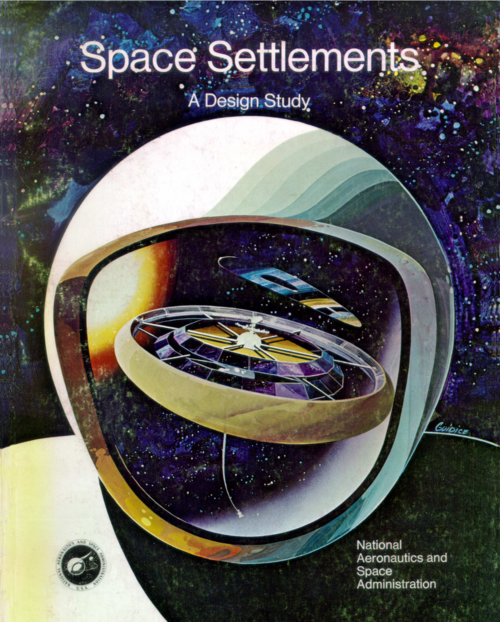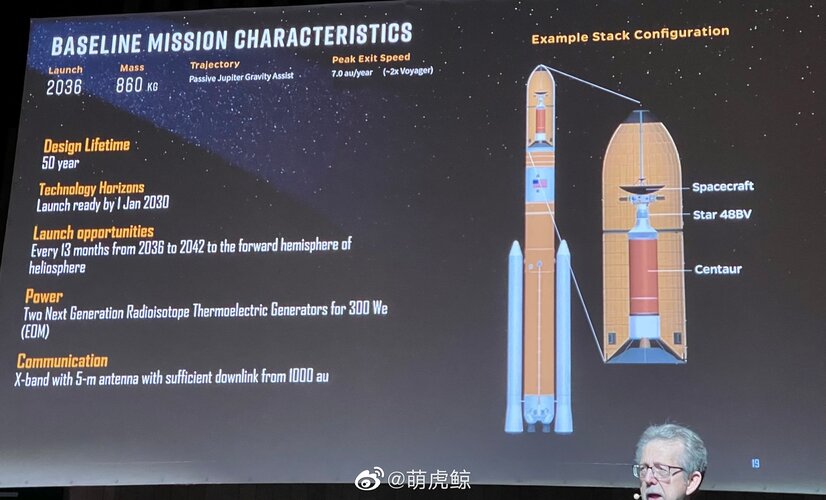Core Stage-3 structures nearing completion
Boeing is currently working on the assembly and production of the next three Core Stages at Michoud. In addition to the final assembly of Core Stage-2,
which is targeted for delivery in March, the structural assembly of Core Stage-3 is almost complete and the long lead elements for Core Stage-4 are in production behind those two builds.
The liquid oxygen (LOX) tank for Core Stage-3, which is assigned to the Artemis 3 SLS vehicle, is the last structure that needs to be assembled. There are five main structural elements for a Core Stage, a forward skirt, LOX tank, intertank, liquid hydrogen (LH2) tank, and engine section.
Beginning with this third flight article build, procurement and production of the engine section was started first as the “long lead” element of the stage. The engine section, where the powerheads of the four
RS-25 engines and all the supporting
Main Propulsion System (MPS) equipment comes together, is the most complicated element of the SLS vehicle as a whole and the Core Stage specifically.
The structure of the element consists of a welded barrel and a bolted thrust structure, which are then bolted together in a floor assembly jig (FAJ). While thousands of bolts are added structurally to integrate the barrel and the thrust structure in the jig, some secondary structures like brackets to hold electrical wiring and other equipment are also added during this phase of assembly.










